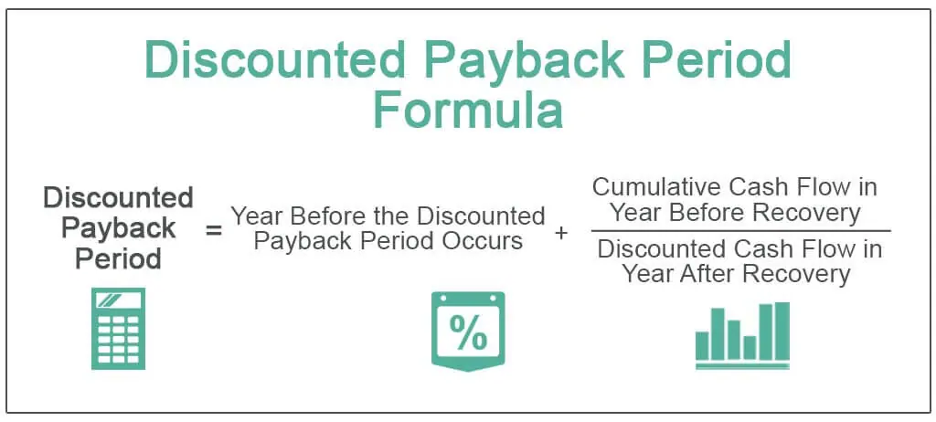Artificial Intelligence (AI) has rapidly transformed financial management processes across businesses. However, the misuse of AI systems can lead to costly errors, inefficiencies, and missed opportunities. Understanding the potential pitfalls of AI implementation is...
What is a Capitalization (Cap) Table and Why Does it Matter?
What is a Cap Table?
Capitalization tables, commonly called “cap tables,” are highly useful spreadsheets maintained by companies that have multiple owners or investors. Cap tables are especially important for private companies at startup and in the early stages of the enterprise. They help business owners make critical decisions regarding market capitalization, equity ownership, taxes, debt-to-equity ratio, and more.
Simply put, a capitalization table lists all the shareholders of the business and what percentage of ownership each shareholder has. This is a living document that should be updated often.
A capitalization table often begins as an Excel spreadsheet that is kept up to date manually. As the number of shareholders and the complexity of the business increases, the job of maintaining the capitalization table usually migrates to an accounting software package.
What Does a Capitalization Table Look Like?
The contents of a capitalization table will vary based on the structure and circumstances of the company, but here is a simple example:

The capitalization table clearly identifies the owners of the company and the percentage of equity ownership each shareholder has. Typically, the table is divided by shareholder type and stock type. Shareholders may include founders, executives, key employees, angel investors, venture capital firms, and others.
Alternatively, some companies choose to list shareholders in descending order by ownership percentage.
Additional related information may be included as needed for decision-making by company executives. For instance, it may include details about different rounds of funding, public offerings, mergers, acquisitions, and significant financial transactions.
No matter what format is chosen for the capitalization table, the most important thing is to keep it up to date. Each time a shareholder is added, vested options are exercised, key employees leave the company, new funding is obtained, etc., the table needs to be updated so that proper decisions can be made.
How Is a Capitalization Table Used?
The capitalization table is a key reference point for business decision-makers. It should be consulted whenever any financial decision is made that involves the company’s market value and capitalization.
Fundraising
Capitalization helps management monitor the effects of different fundraising efforts. It helps determine the company’s debt to equity ratio. It can be used to monitor employee stock options, convertible securities, and the number of shares that are issued and how many are still available.
Decision-Making
The capitalization table shows the current equity state of the company and, over time, indicates the effects of major financial decisions such as stock issuance. It is an important tool for financial forecasting and course corrections.
Another important use of the capitalization table is to monitor the decision-making power of individuals and groups. Typically, the amount of decision-making power is equivalent to the percent of ownership a shareholder has. The capitalization table can indicate whether too much power is being consolidated under a particular individual or group, which might skew the direction of the company.
Financial Analysis
The capitalization table helps entrepreneurs and investors analyze the current state of the company’s capital and predict the effects of significant financial decisions. A capitalization table that shows continuous positive gains can improve the confidence of prospective investors. It can also help key employees understand the company’s financial situation and build their trust.
Company Valuation
When a company is sold, acquired, or merged into another business, any proceeds are generally distributed to the shareholders. An up-to-date capitalization table makes this a straightforward process by indicating the priority of shareholders and what percentage of the proceeds should be distributed to each.
A company’s liquidity is usually determined by a waterfall analysis. This process calculates the amount that each shareholder would receive if all of the company’s assets were converted to cash. The analysis depends heavily on the accuracy of the capitalization table.
Taxation
Capitalization tables also helpful in the preparation of tax returns by showing the ownership levels of the various investors. Investors and employees may need this information for their own tax returns. It is critical to keep the capitalization table updated; otherwise, the company or its shareholders may pay too much or too little in taxes and face consequences.
Importance of the Capitalization Table
A capitalization table records all capital increases, decreases, and financial transactions that materially affect the ownership, market value, and market capitalization of a company. This includes such things as issuance and cancellation of shares, stock options, assumption and payment of debt, etc.
The capitalization table should be one of the first documents a company generates when starting up. It helps company founders, investors, financial advisors, and others to determine the financial state of the company when major decisions need to be made. As the company grows and the capitalization table becomes more complex, it can become more and more useful as a resource for financial decision-making.
In Summary
A capitalization table, or “cap table,” is a document that indicates a company’s equity capitalization, meaning all securities such as common shares, preferred shares, and stock options. It lists all the shareholders, how much stock they own, and what percentage of ownership they have in the company. A cap table is a critical resource at the startup stage and remains a valuable tool as the company grows. The capitalization table helps determine the market value and market capitalization of the company. It helps executives and investors make important financial decisions. Over time it shows the effects of those decisions.
If you would like to learn more, or have need of financial assistance for your business, we invite you to visit preferredcfo.com or contact one of our CFOs.
About the Author
Don Calcote has over 40 years of experience as CEO & President, Chief Financial Officer, and Senior Commercial Lender in the banking industry. Don’s extensive experience and historical success in seeing a business through all stages of growth brings expert perspective and insight to companies in a wide variety of industries.
You may also be interested in...
Increase Profits by Increasing Customer Satisfaction
by Jerry Vance | Dec 2, 2024
Profitability and customer satisfaction are two sides of the same coin in modern business. While cutting costs might seem like a straightforward way to increase profits, a more sustainable and impactful approach lies in prioritizing customer satisfaction. Happy...
From Burn Rate to Boom: How to Stretch Every Dollar in a Startup
by Jerry Vance | Nov 22, 2024
Running a startup comes with the high-stakes challenge of managing your burn rate—the pace at which your company spends cash. Each dollar isn’t just an expense; it’s an investment in your company’s future. With venture capital not always guaranteed and economic...
The Art of Letting Go: A Guide to Selling a Business
by Jerry Vance | Nov 13, 2024
Selling a business can be one of the most transformative and emotionally charged decisions an entrepreneur will ever make. Whether you’ve been building it for years or inherited it from family, your business likely holds significant personal value. Deciding to let go...
The Outsourced Controller: A Secret Weapon for Financial Stability
by Jerry Vance | Nov 7, 2024
As unsung heroes of financial management, outsourced controllers can bring significant benefits that go well beyond basic bookkeeping.
Beyond the Numbers: Uncovering Hidden Insights in Internal Audits
by Jerry Vance | Oct 31, 2024
When it comes to internal financial audits, numbers often take center stage. Financial ratios, variances, and performance metrics are all essential, but true value lies in the insights hidden behind these figures. These insights can reveal much more than compliance or...
Year-End Closing Chaos? How to Turn Dread into Done!
by Jerry Vance | Oct 24, 2024
Does the phrase "year-end closing" send chills down your spine? You’re not alone! For many business owners, accountants, and financial teams, this crucial time of year is riddled with challenges and stress. However, with the right strategies in place, the chaos of the...
Stand Out or Fade Away: Develop a Winning Brand Identity
by Jerry Vance | Oct 16, 2024
To truly thrive, a company must stand out from the crowd and create a lasting impression on customers. But how exactly do you make your offerings distinctive in a sea of competition?
Are You Ready for the New 401(k) Law?
by Tom Applegarth | Oct 7, 2024
The SECURE 2.0 Act, effective starting in 2025, is a massive piece of legislation that makes over 90 changes to retirement plan and tax regulations. Among other things, the Secure 2.0 Act brings several important changes to 401(k) retirement plans. This new law...
Maximize Your Return on Invested Capital
by Jared Sorensen | Oct 3, 2024
ROIC measures how efficiently a company uses its capital to generate profits. It answers the fundamental question: “Are we getting the best possible returns for the capital we’ve invested in the business?”
How Ignorance of HR Laws Can Destroy Your Business
by Tom Applegarth | Oct 1, 2024
The stakes are high for business owners who neglect HR laws. The financial and reputational damage from a lawsuit can be irreparable.
Funding Under the Radar: Little-Known Tactics to Raise Business Capital
by Jared Sorensen | Sep 23, 2024
Raising business capital is one of the most critical challenges entrepreneurs face when starting or expanding a business. Traditional methods like bank loans, venture capital, and personal savings are well-known, but they often come with significant hurdles or...
You May Also Like
These Related Stories

6 Reasons SaaS Companies are Choosing Outsourced CFO Services

Know the Significance of Payback Period
















No Comments Yet
Let us know what you think